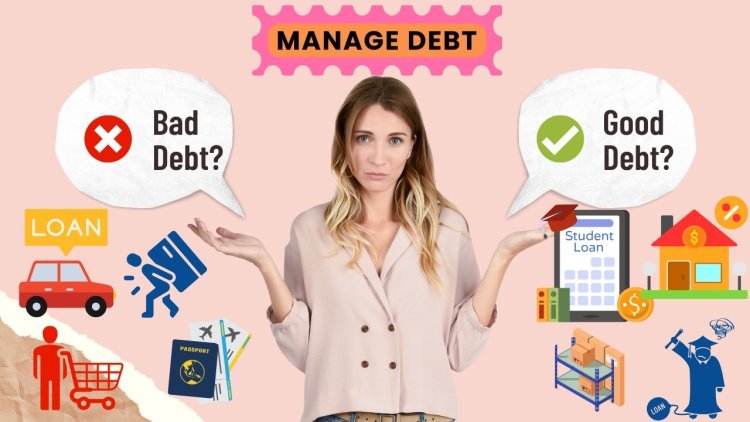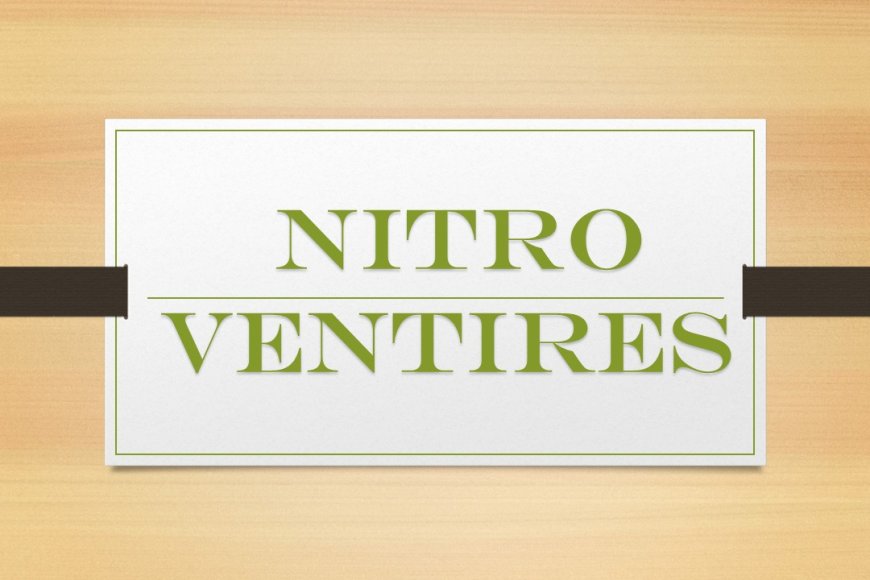What is Good Debt and Bad Debt? Explore to have a Debt-Free Lifestyle
By Aakarsh Dalmia, Certified Financial Planner CM The word Debt is scary and it often carries a negative reputation and one should be very cautious about increasing debt burden, but not all debts are bad. In fact, certain types of debt can help you achieve financial goals and accumulate wealth and build a secure future. The key lies in distinguishing between good debt and bad debt and managing your finances wisely.

What is Good Debt?
Good debt is an investment in something that has the potential to grow in value or generate long-term benefits. Examples:
- Home Loan: Buying a house builds your equity and can appreciate over time.
- Education Loan: Funding higher education can boost your earning potential.
- Business Loan: Borrowing to grow your business can lead to higher profits.
But you need to consider that,
- It requires disciplined repayment to avoid defaults. Do you have the necessary cashflow to repay the same?
- It can turn into bad debt if the investment fails like a business did not take off or encountered a loss.
Good Debt real life example: Ray Kroc (McDonald's) took on significant debt to buy out the McDonald brothers and expand the franchise. His calculated risk turned McDonald's into a global fast-food empire.
Lesson: Using debt to take control of a promising business can pay off massively if managed well.
What is Bad Debt?
Bad debt is borrowing for expenses or buying depreciating assets that don’t appreciate in value or generate future value. Examples:
- Credit Card Debt: Accumulating high-interest charges for everyday spending.
- Personal Loans for Luxury Items: Financing vacations or gadgets that lose value over time.
- Car Loans: Vehicles depreciate quickly, often making this a poor investment.
People go for it, as it,
- Provides immediate gratification or convenience.
- Can help during emergencies if no other funds are available.
But you need to consider that,
- High interest rates on these loans lead to spiraling costs.
- It has no financial return on the money borrowed and spent.
- It harms your credit score if not repaid on time.
Bad Debt real life example: Mike Tyson, despite earning over $300 million during his boxing career, filed for bankruptcy in 2003 due to overspending, legal troubles, and unpaid debts, including loans for a lavish lifestyle.
Lesson: Borrowing for non-productive purposes without a repayment plan can lead to financial collapse.
|
Aspect |
Good Debt |
Bad Debt |
|
Purpose |
Investment / Asset growth |
Consumption / Luxury |
|
Interest Rates |
Low |
Medium to High |
|
Financial Return |
Potentially High |
None |
|
Examples |
Home Loan, Education Loan |
Car Loan , Credit Card Loan, Personal Loan |
Good Debt vs. Bad Debt: A Quick Comparison
How to Achieve a Debt-Free Lifestyle
- Differentiate Needs vs. Wants: Borrow only for essential needs or investments that generate future value. Avoid unnecessary loans for luxury items or temporary pleasures.
- Pay Off High-Interest Debt First: Prioritize clearing high-interest debts like credit card dues to reduce your financial burden.
- Budget and Save Regularly: Create a realistic budget, track expenses, and save a portion of your income to avoid relying on debt.
- Emergency Fund: Build a fund equivalent to 9–12 months’ expenses for unexpected situations, reducing the need for loans.
- Balance Your Spending & Savings: Adopt a balanced lifestyle that allows you to enjoy the current state and also save for future stability. Practice delayed gratification if needed and prioritize financial security over instant gratification.
- Avoid Impulse Borrowing: Think twice before taking on new debt. Assess whether it’s a necessity or a desire that can wait.
- Increase Income Streams: Diversify your income sources to ensure you can manage your financial obligations more comfortably.

Conclusion
Debt isn’t inherently bad—it’s how you use it that matters. Good debt can propel you toward your dreams, while bad debt can anchor you in financial distress. By understanding the difference, making informed choices, and following disciplined financial habits, you can minimize bad debt and work toward a debt-free lifestyle.
Key Takeaways
- Purpose Matters: Borrow only for investments that generate income or appreciate in value.
- Calculate Risks: Ensure that the potential returns are higher than the cost of the debt.
- Stay Disciplined: Avoid using debt for consumption or liabilities.
Debt, like a knife, is a tool. Use it carefully, and it can help you build wealth; misuse it, and it can lead to financial trouble. Remember, financial freedom is not about how much you earn, but how wisely you manage your financial resources.
- Aakarsh Dalmia is a Certified Financial PlannerCM and an AMFI Certified Mutual Fund Distributor. You may contact Aakarsh Dalmia on 90513-55120 or email him at aakarsh@dalmiafinserv.com.


















